Outlook Troubleshooting: Common Issues & How to Fix Them
6 min. read
Updated on
Read our disclosure page to find out how can you help MSPoweruser sustain the editorial team Read more
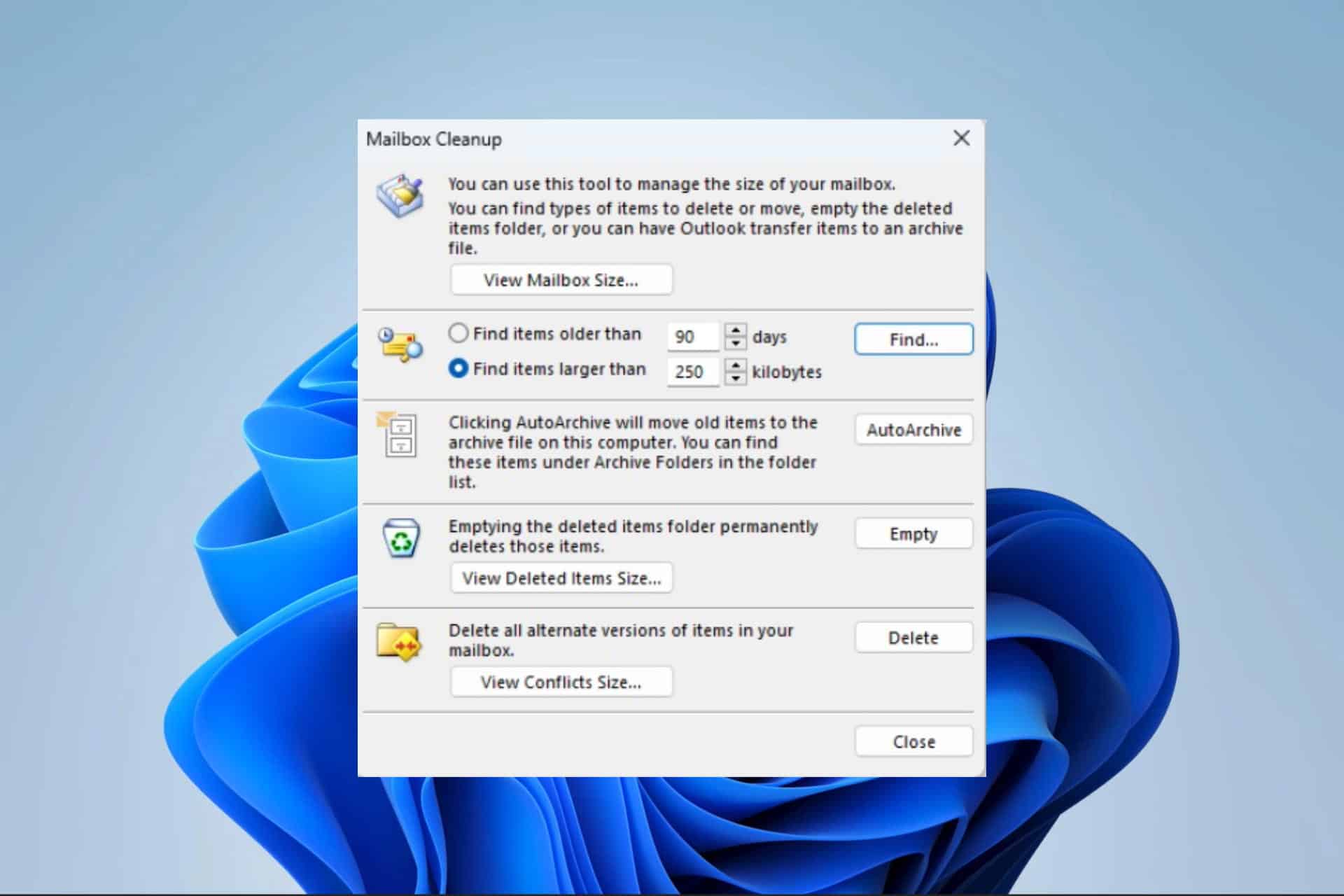
Microsoft Outlook is one of the most popular personal information manager software on the market. It is efficient at what it does, but you will encounter occasional errors or bugs. This is when Outlook troubleshooting becomes essential.
Common problems you may need to troubleshoot include errors after connecting the email client to Outlook.com, issues related to security updates, slow performance, crashes, and concerns based on specific features like messaging and attachments. Below we explore practical solutions for most errors you may face.
Start Outlook in Safe Mode
This may be the first call for many Outlook issues. Safe Mode cuts out a lot of features and add-ins, making it possible to narrow down the cause of a problem. This troubleshooting method is very helpful if Outlook keeps crashing.
- Press Windows + R to open the Run dialog.
- Type the script below and hit Enter.
outlook.exe /safe - Select your profile and click OK.
Repair PST Files
PST files are critical because they back up Outlook data, including tasks, email messages, calendar items, and contacts. They make it possible to archive and move Outlook information to a new device, but you may encounter an error where your files get corrupted. In this case, we recommend using third-party software like Stellar Repair for Outlook to repair corrupt PST files. Here are the steps to follow.
- Download and install the Stellar Repair for Outlook app.
- Launch the installed app and click ‘List Profiles’ or select ‘Choose Manually
- Select the Outlook data file from the list and click ‘Repair
- The software simultaneously scans and repairs the Outlook data file.
- A ‘Repair Complete’ message box appears when the repair process completes. And, you will be able to preview the repaired files before saving them.
Repair Office
Repairing Office is a handy troubleshooting solution if you face corrupted files, incompatible Outlook add-ins, or a damaged Outlook profile. This troubleshooting method uses the native Outlook repair function and can be found under Apps and Features in the Control Panel.
- Press the Start menu, type control, and select Uninstall a program.
- Search for Outlook, Microsoft Office, or Microsoft 365 in the app list, then click on Change.
- Confirm your choice by clicking Yes.
- Select Online Repair, then click the Repair button. Optionally, you may use the Quick Repair solution.
- Wait for the repair to complete and follow any available instructions.
Reset Outlook or Microsoft 365
Troubleshooting Outlook by resetting the app is essential if you need to remove corrupt files or misconfigured settings that cause bugs in the application. A reset will delete all personal settings, including email accounts, preferences, folders, and add-ins. It also allows you to recreate your profile.
- Press Windows + I to open the Settings app.
- Select Apps on the right pane, and click Installed Apps on the left.
- Scroll down to Microsoft 365, click on its ellipses (the 3 dots), and select Advanced options.
- Scroll down to the Reset section and click the Reset button.
- When the reset is complete, restart Outlook and verify the problem is fixed.
Create a new Outlook profile
Creating a new Outlook profile is a troubleshooting solution that allows you to create a different data file set for Outlook. This helps if Outlook crashes, is not opening, or stops sending or receiving emails. You may also create a new profile if Outlook displays the wrong user information set.
- Launch Outlook and click on File.
- Select Info on the left pane, expand Account Settings, and click Manage Account.
- Click Show profiles in the new Windows.
- Click the Add button.
- Name the profile and click OK.
- Input all required credentials and click Next.
- Click Finish, and you should have your new profile created.
Disable add-ins
Disabling add-ins is a vital troubleshooting method if you need to identify which add-in is causing a problem. This solution may help resolve issues of Outlook not sending or receiving emails or facing constant crashes.
- Launch Outlook and click on File.
- Click Options on the right pane.
- Select Add-ins on the left pane, ensure Manage is set to COM Add-ins, and click the Go button.
- Untick add-ins to be disabled and click OK; optionally, you may click Remove to get rid of it permanently.
Update all your add-ins
Add-ins are vital to enhancing the functionality of Outlook. You may experience bugs, crashing, and other compatibility problems if you have outdated add-ins. Outdated add-ins also pose a security risk. To update add-ins, you may have to remove and install the latest version using the steps below.
- Launch Outlook and click on File.
- Select Manage add-ins to open your Microsoft Office Add-ins dialog.
- Find the add-in to update and click its 3 dots, then select Remove.
- Now search for the add-in and click the Add button to reinstall it, and you should have the most updated version.
Clean up the mailbox
Cleaning up the mailbox helps free up space and removes duplicate items. This may be vital if you are unable to send and receive emails on Outlook. You may follow the steps below to clean the mailbox.
- Launch Outlook and click on File.
- Select Info on the left pane, expand Tools, and click Mailbox Cleanup…
- In the Mailbox Cleanup windows, click the Empty or Delete options to get rid of duplicates or empty the deleted items folder.
Reinstall the Outlook app
Reinstalling Outlook is a vital troubleshooting step that can replace corrupted files, reset the app settings and remove add-ins. A reinstall also helps you get the latest version of the app, which is the best practice against security risks.
- Press the Start menu, type control, and select Uninstall a program.
- Search for Outlook, Microsoft Office, or Microsoft 365 in the app list, then click Uninstall.
- Follow the wizard to complete the process, then reinstall a fresh copy of the app.
Note: Check out this guide if Outlook search is not working!
The Outlook troubleshooting options mentioned in this guide are the most common you would experience while using the app. We, however, love to hear your thoughts on the different troubleshooting methods you have explored. Please leave us your comments below.


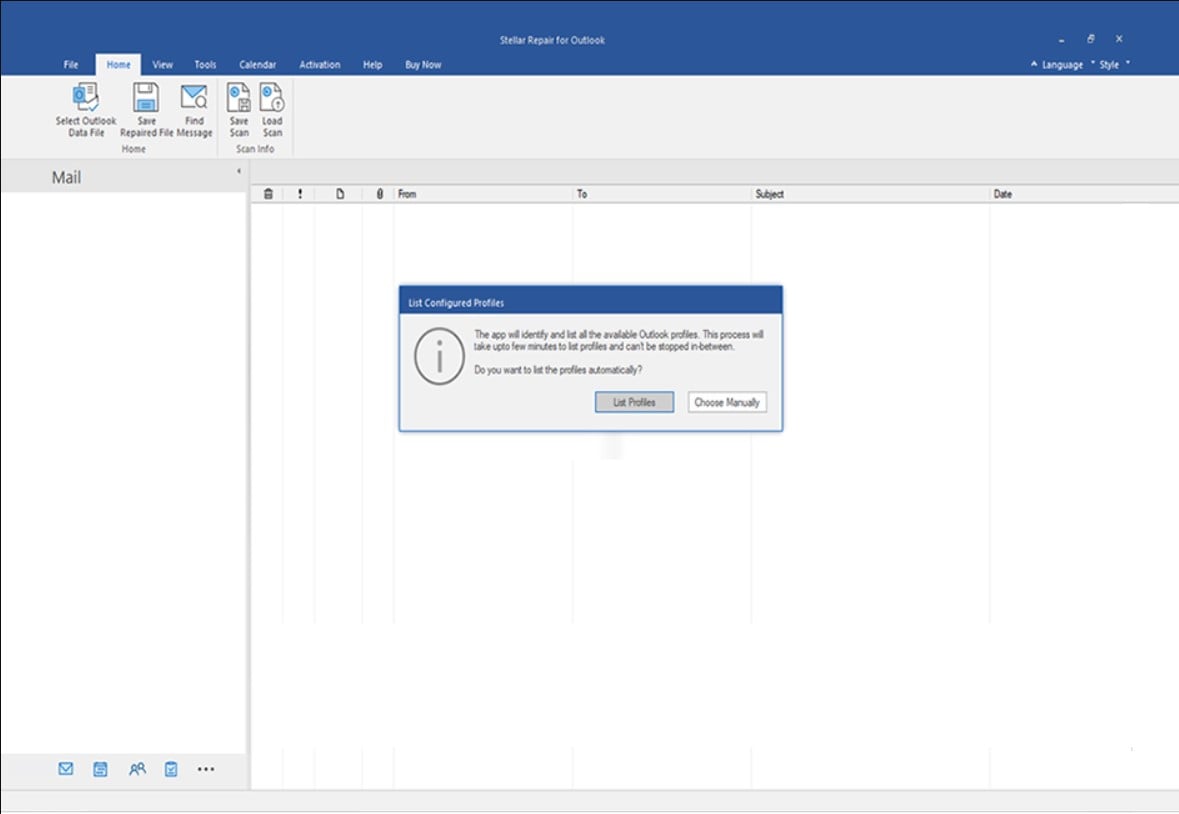
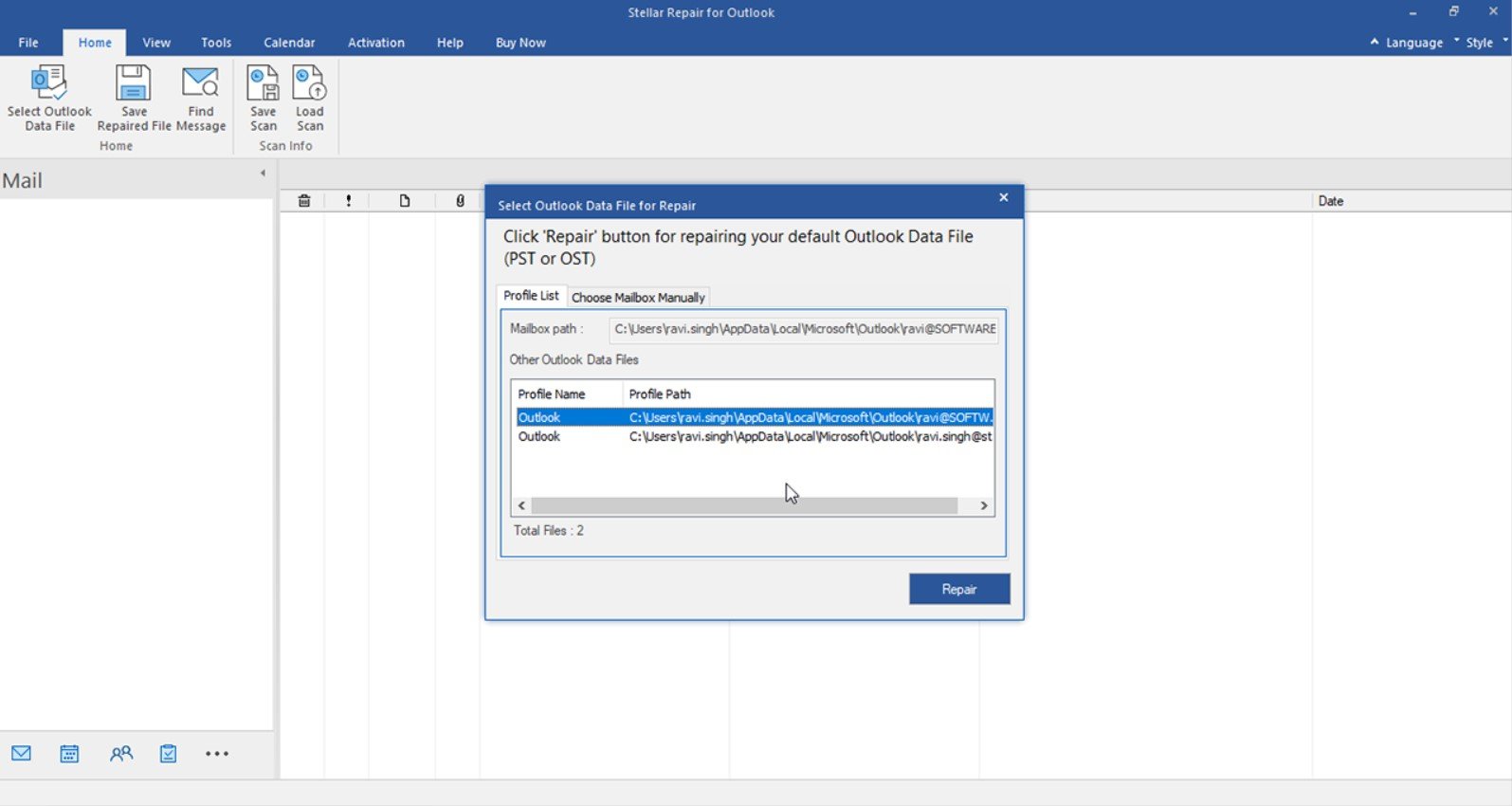
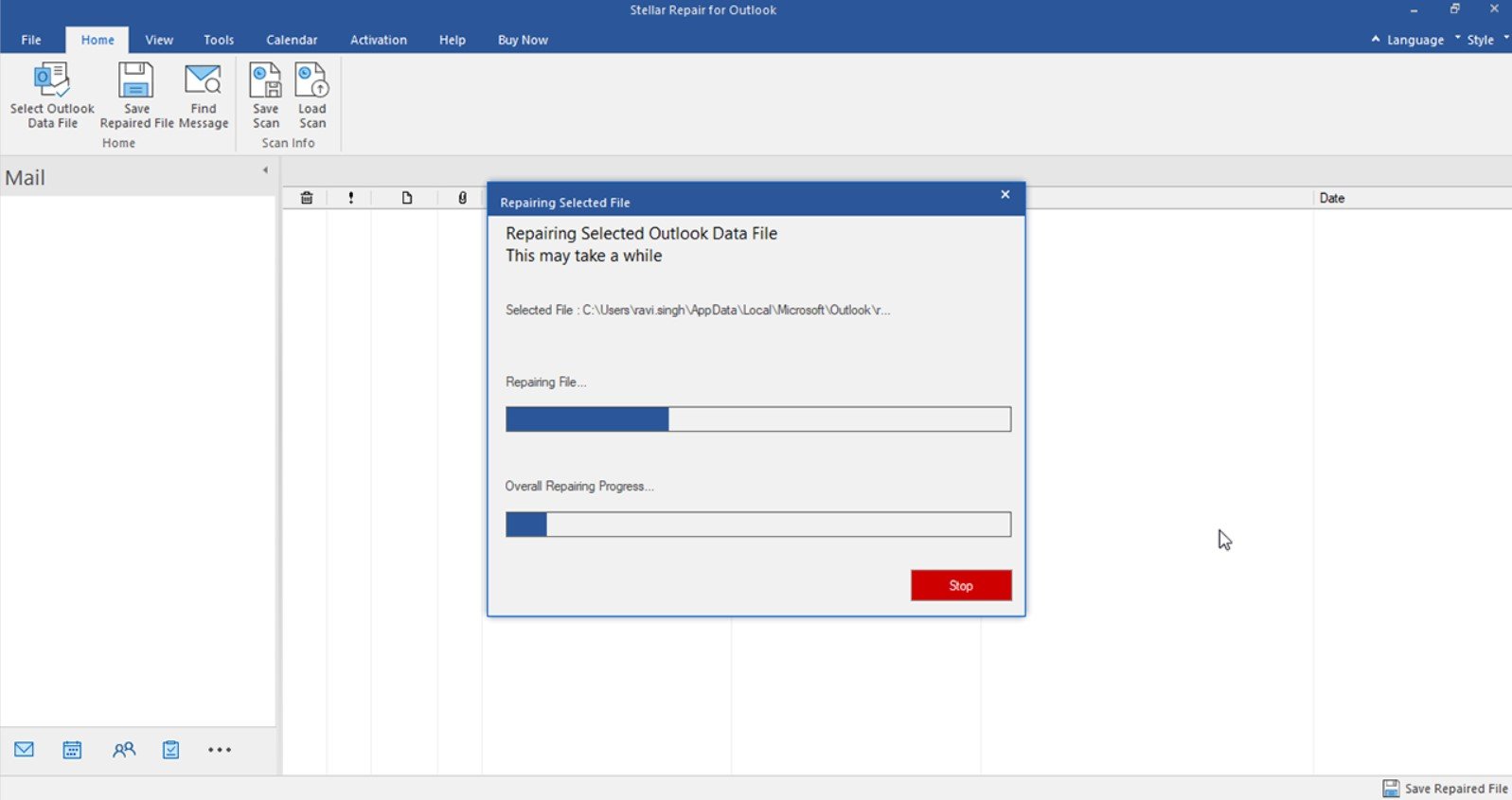
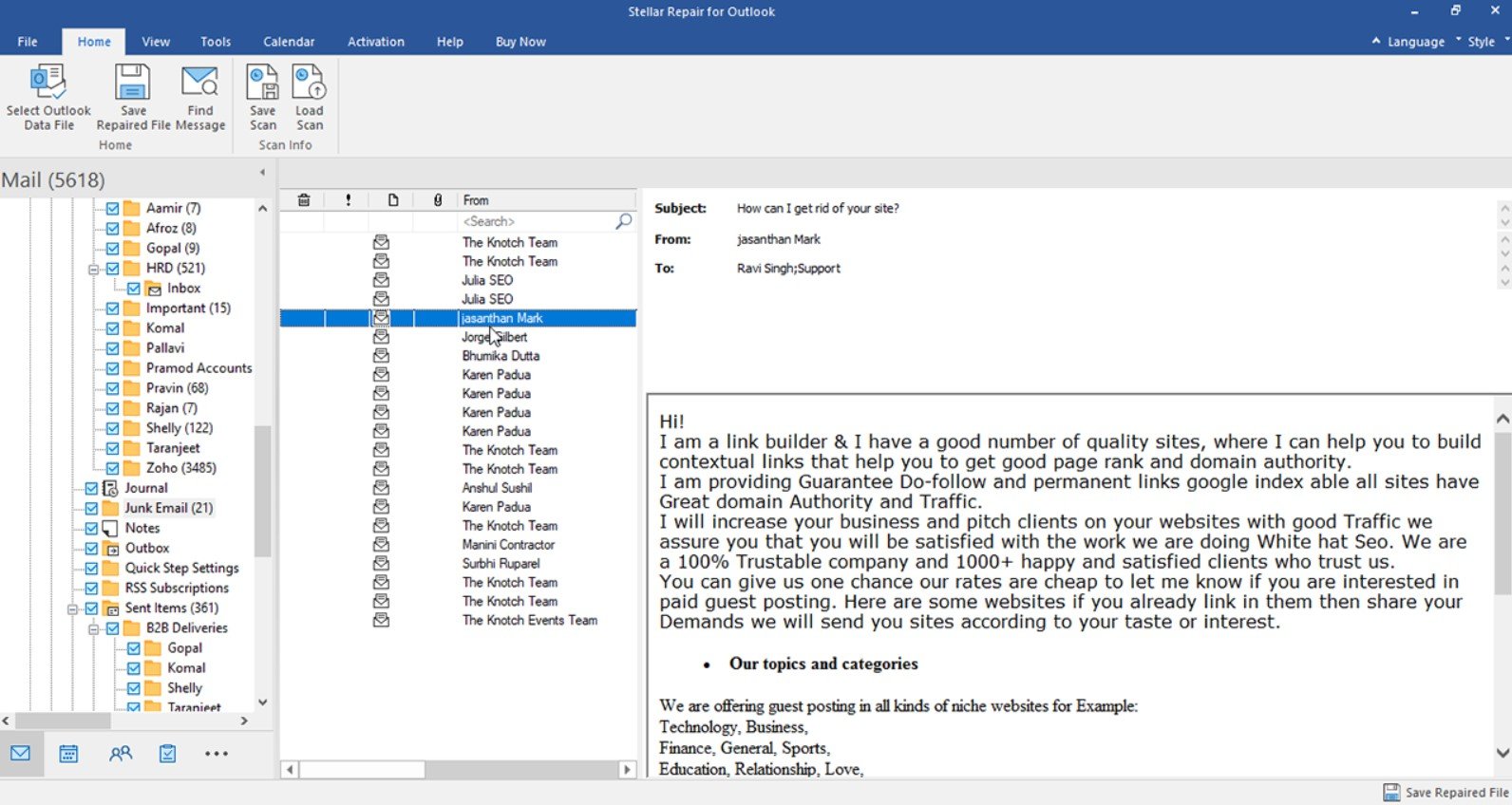
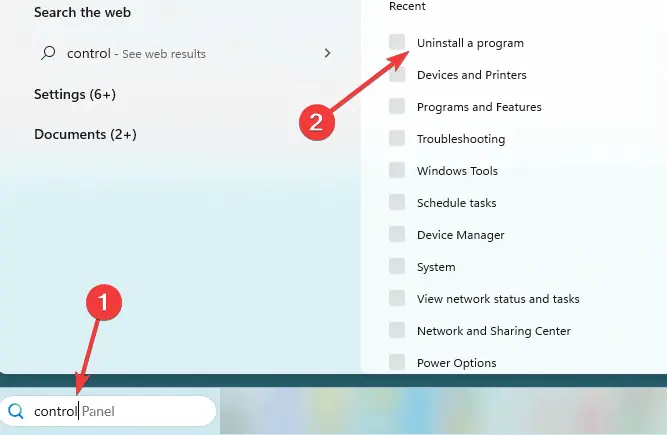
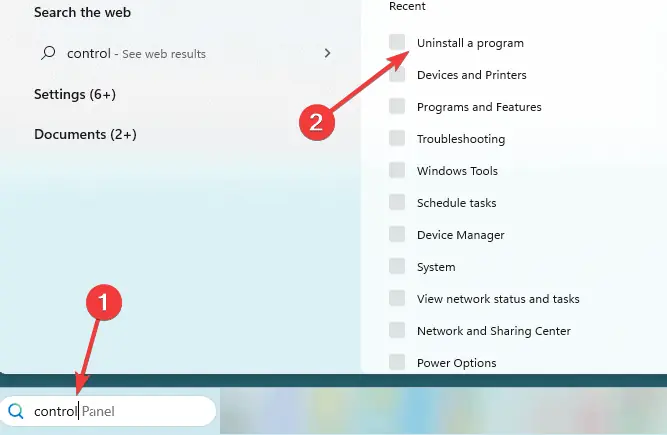



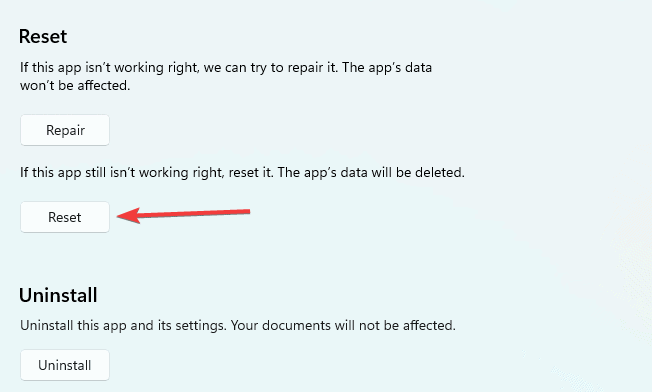
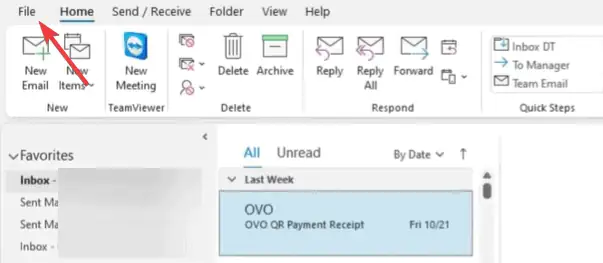
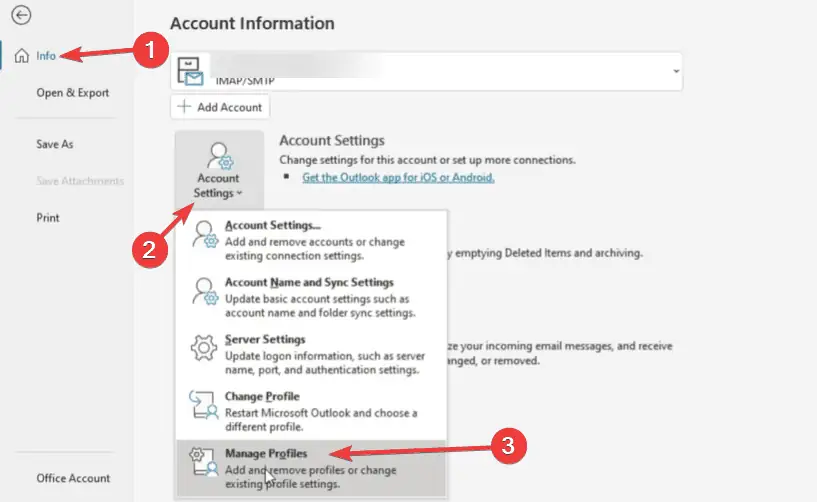

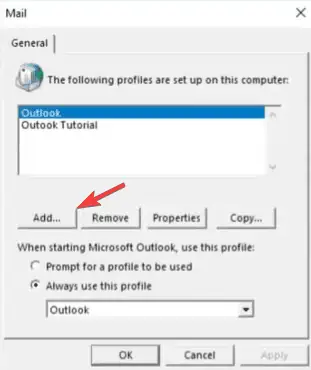
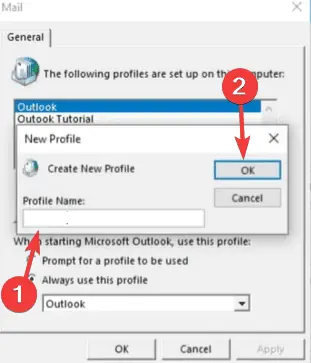


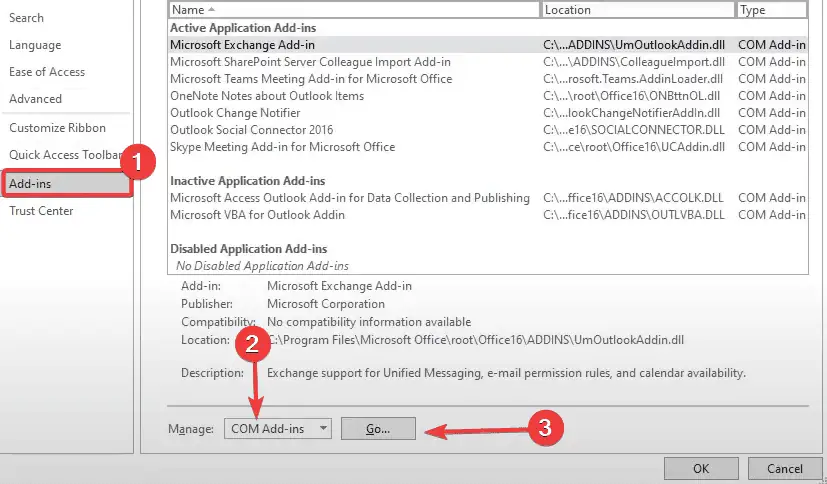
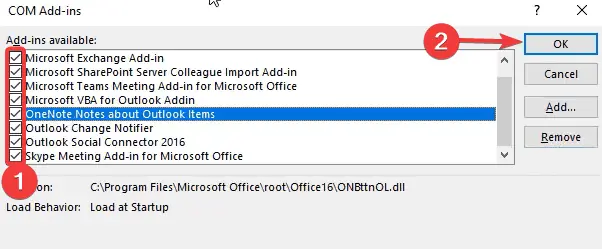
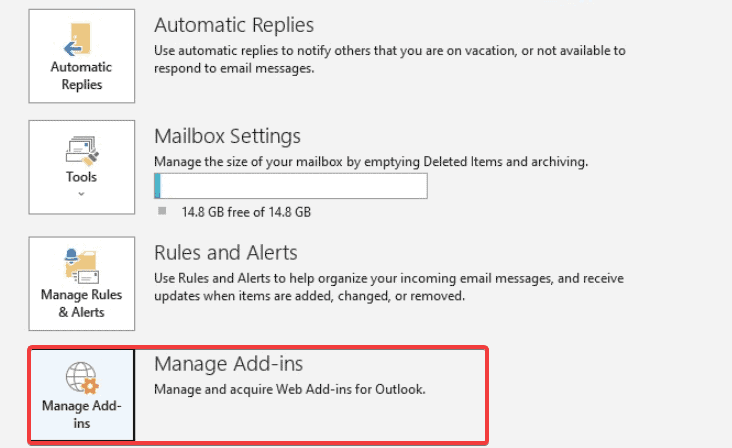
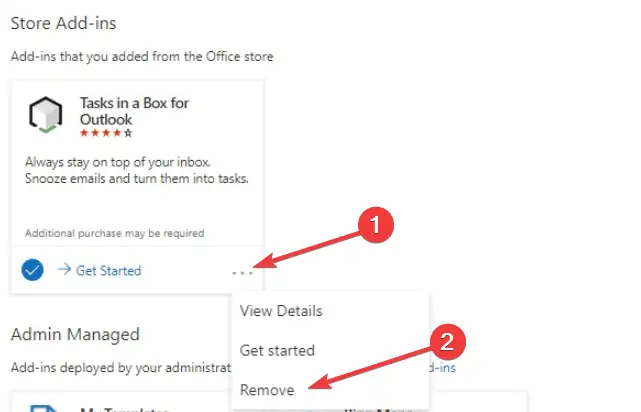


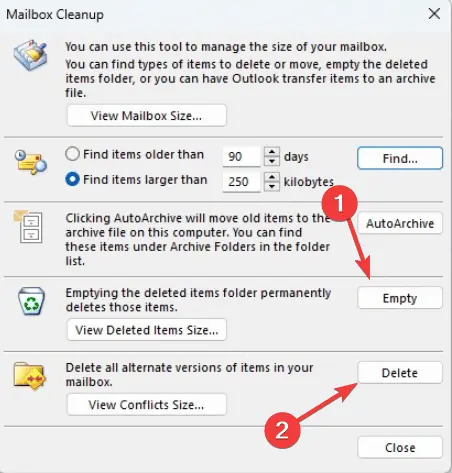

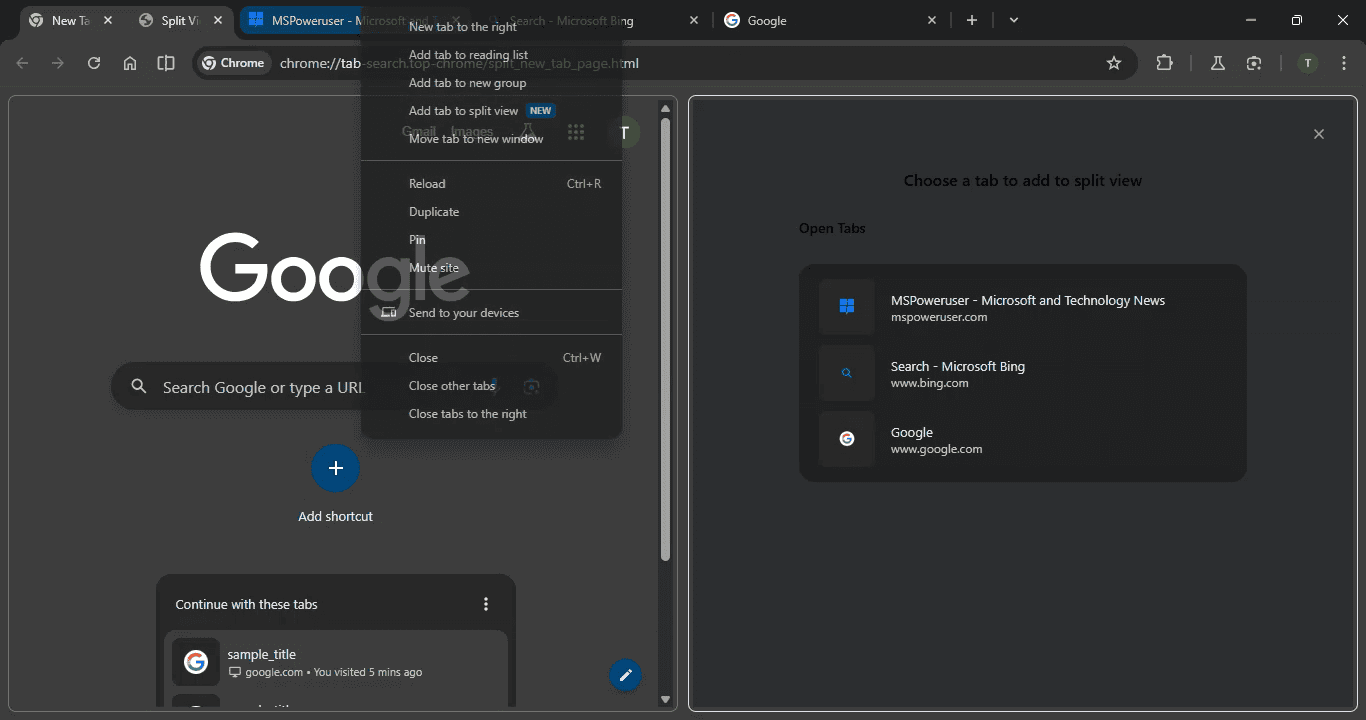

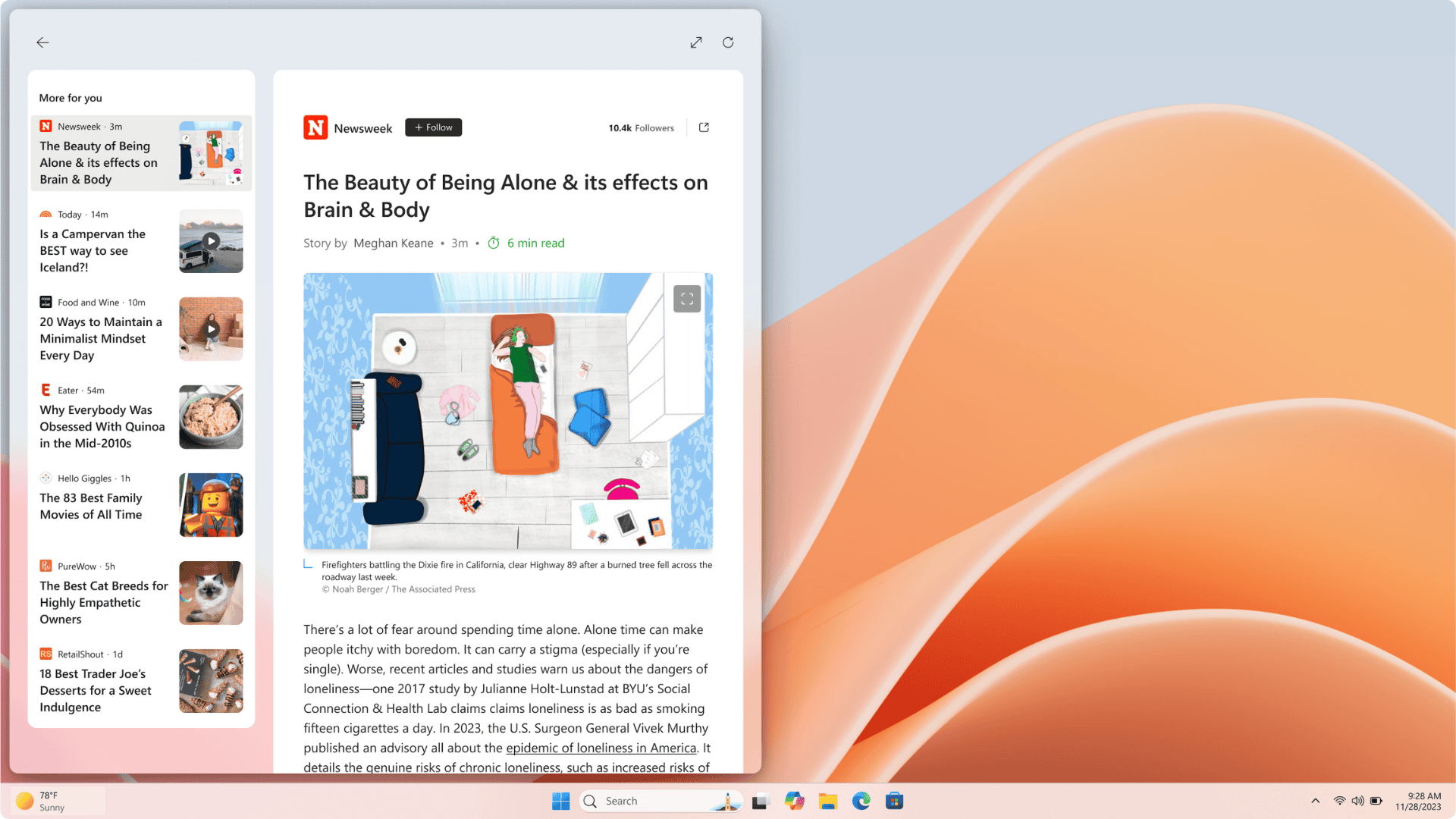
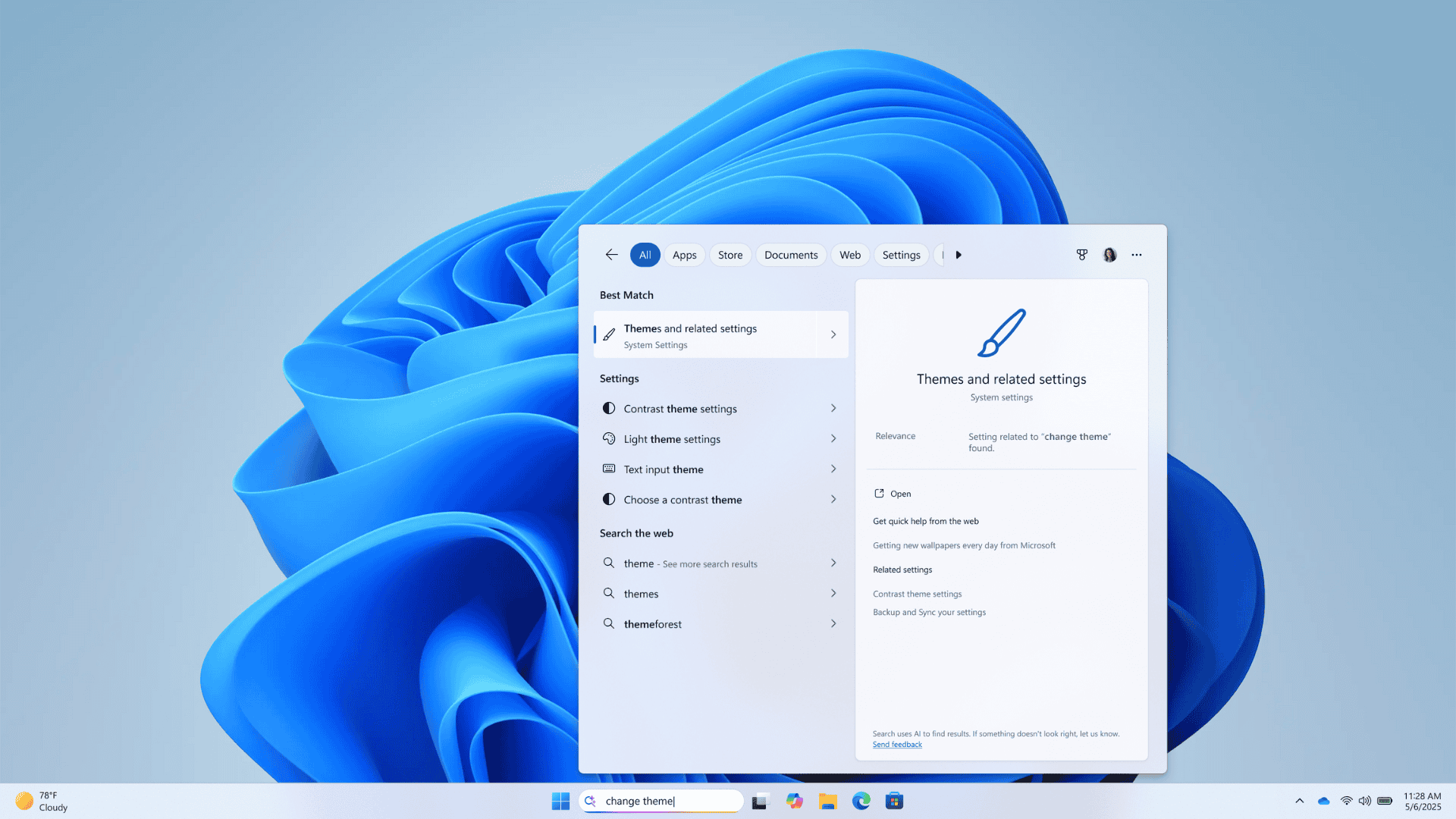
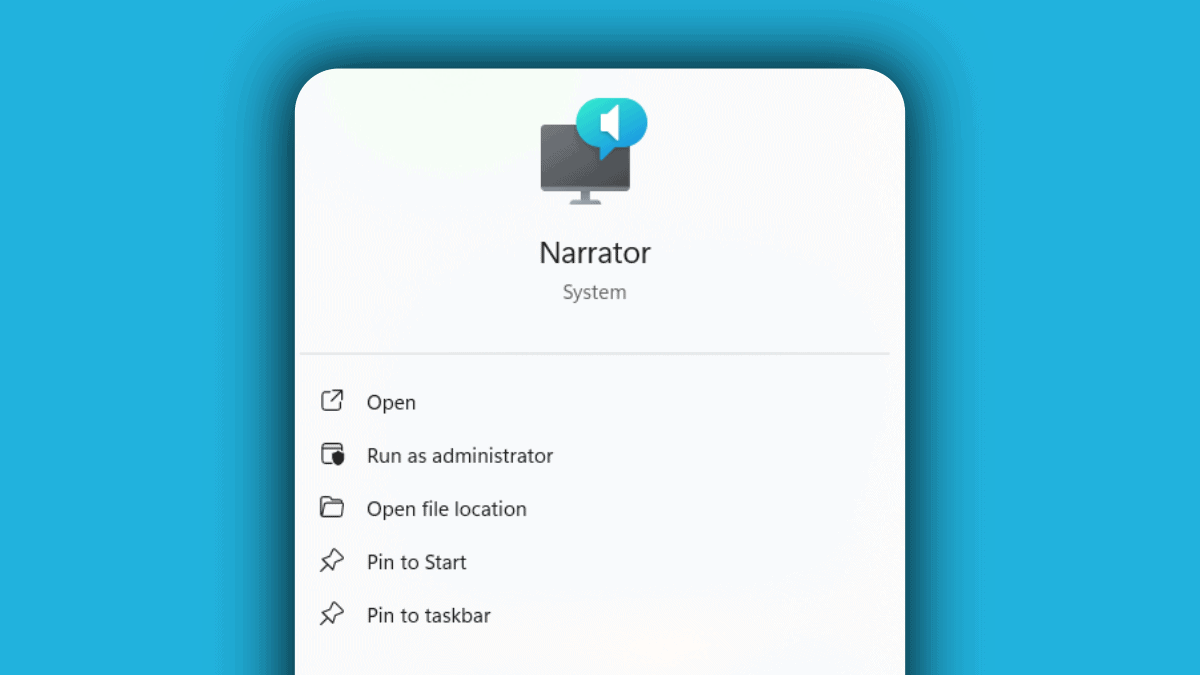
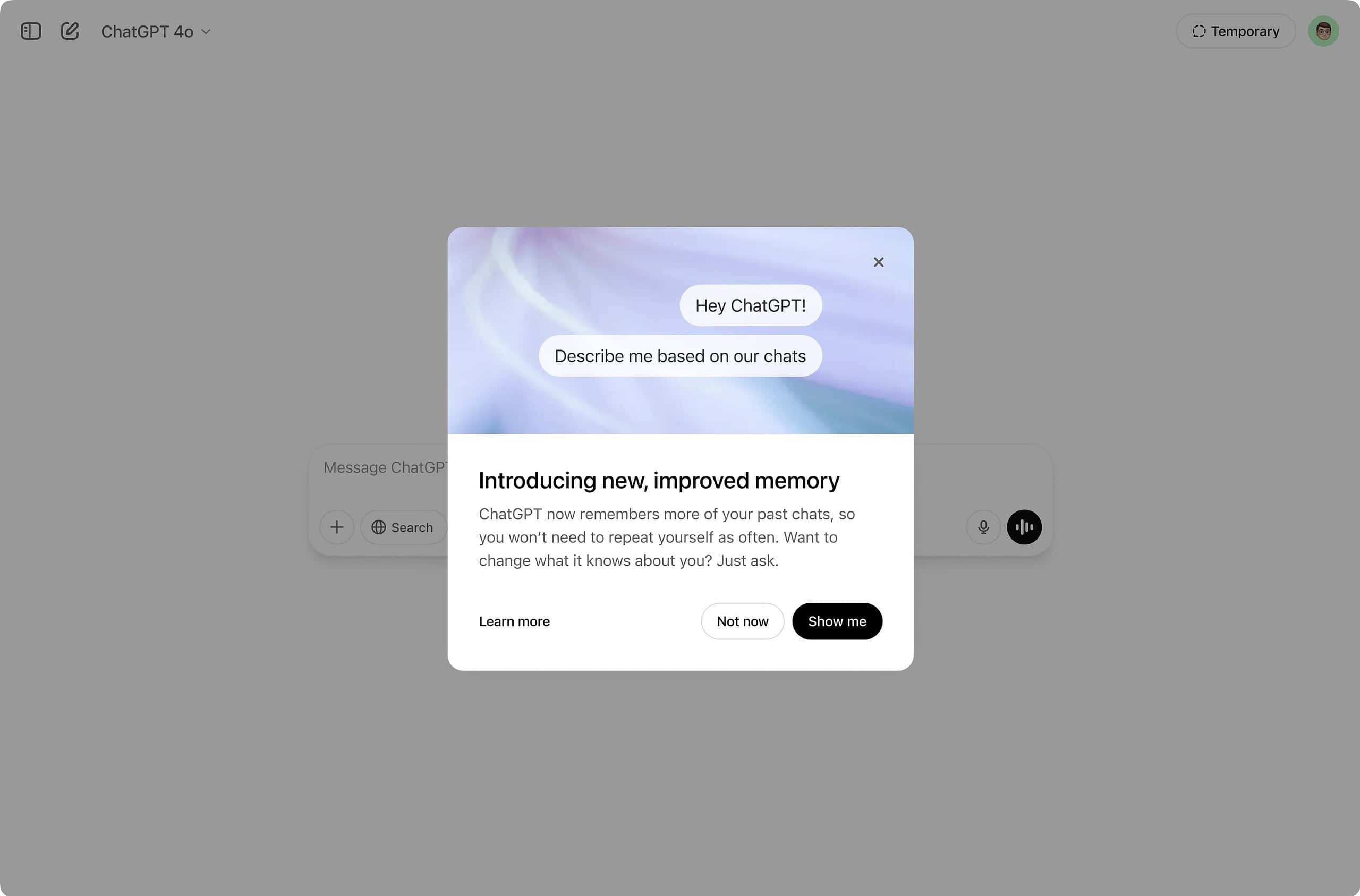
User forum
0 messages